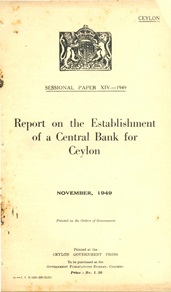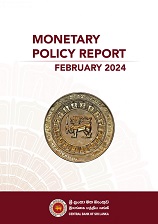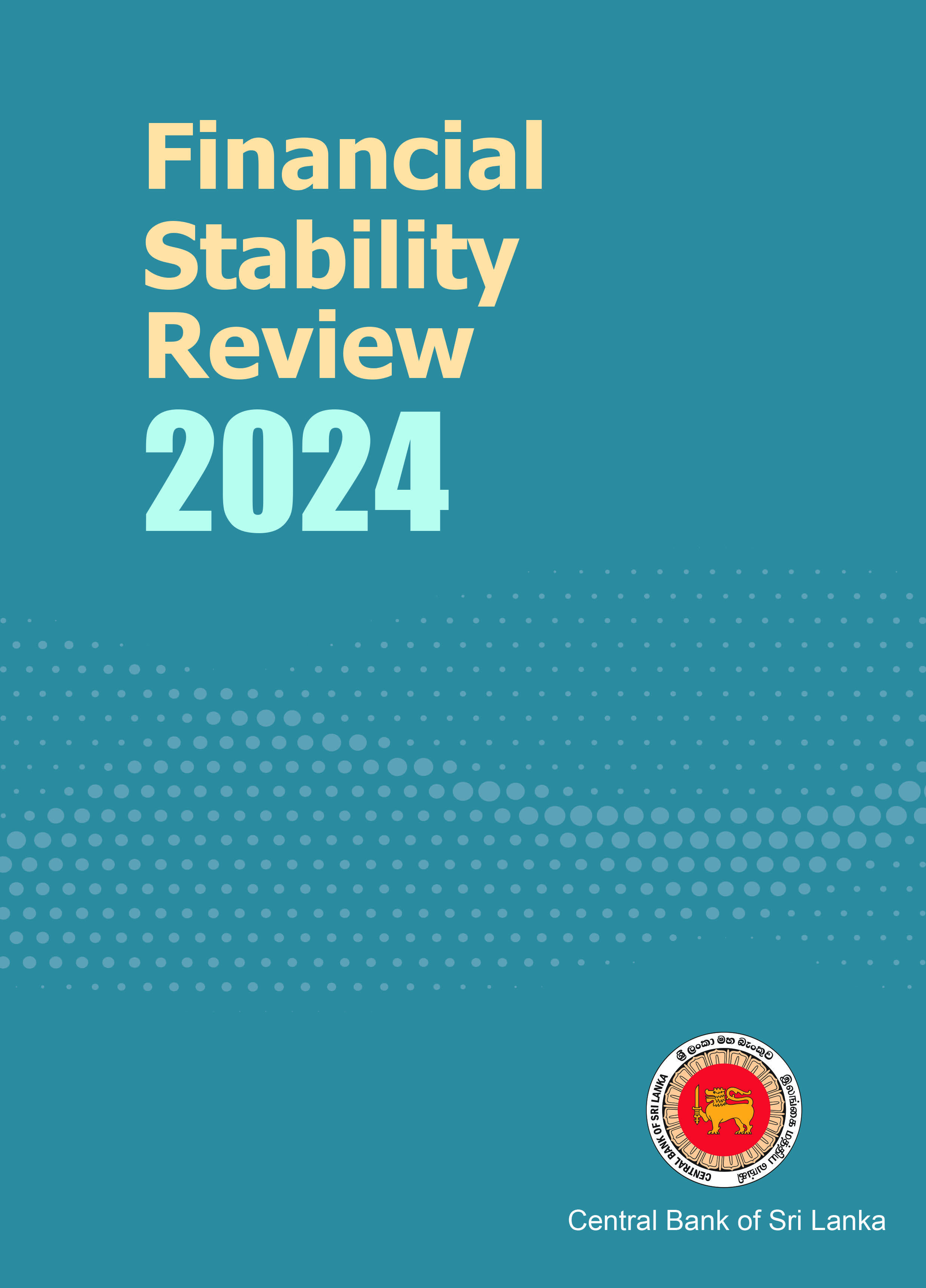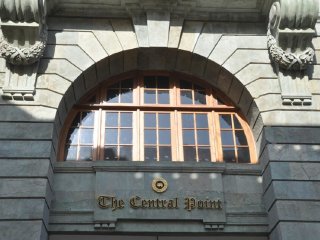The liquidity deficit in the domestic money market, which remained significantly high during the first half of 2022, declined in the latter part of 2022. However, in spite of the improvements in money market liquidity conditions, market interest rates continued to remain high, partly due to subdued activity in the domestic money markets. At the same time, it has been observed that several Licensed Commercial Banks (LCBs) have continued to depend excessively on the overnight Standing Facilities under Open Market Operations (OMOs) of the Central Bank without considering market based funding options to address their structural liquidity needs. Such LCBs have not indicated any signs of taking remedial actions to reduce the over dependence on overnight facilities offered by the Central Bank, which are available to be used as fall back options after utilizing all other funding options. Such behaviour of LCBs affects the efforts of the Central Bank to reactivate the money markets, primarily the interbank call money market and the repo market, while posing a threat to smooth channeling of funds in the economy with a possibility of clogging the payment and settlement systems.
Accordingly, as a part of unprecedented policy measures taken since April 2022 aiming at restoring overall macroeconomic balance, including preserving the stability of the monetary and financial sector and to address the above mentioned risks, the Central Bank of Sri Lanka has decided to impose restrictions on the availability of the Standing Facilities to LCBs under the OMOs. Hence, with effect from 16 January 2023, the Standing Deposit Facility (SDF), the overnight deposit facility that allows LCBs to park excess liquidity and earn interest, will be limited to a maximum of five (05) times per calendar month. At the same time, the Standing Lending facility (SLF), which is the collateralized facility provided for LCBs to fulfill any further shortage of the liquidity requirements from the Central Bank at the end of the day, would also be limited to 90% of the Statutory Reserve Requirement (SRR) of each LCB at any given day.
These measures have been implemented after carefully considering the current and expected developments in the domestic money market as well as the behaviour of LCBs in terms of the utilization of the Standing Facilities. The imposition of the limitations on the Standing Facilities is expected to reduce over dependence of LCBs on the overnight facilities offered by the Central Bank and support the reactivation of the domestic money market, which remained nearly inactive for the last few months, while encouraging LCBs to transact among themselves. These measures would also eliminate unhealthy competition for deposits among financial institutions and would be instrumental in inducing a moderation in the market interest rate structure (of both deposit and lending interest rates) in the period ahead along with improving market liquidity conditions, which will help to restore stability of the Sri Lankan economy, while preserving stability of the financial system.










